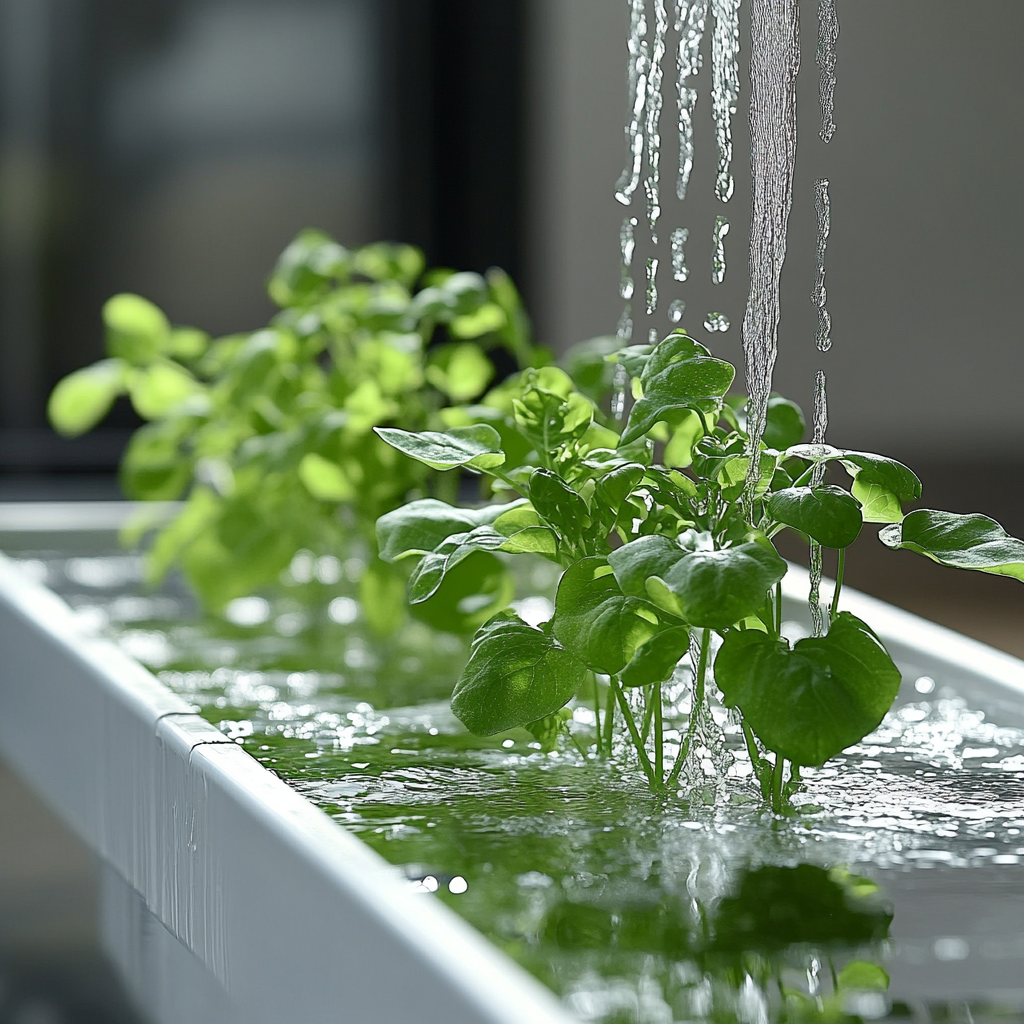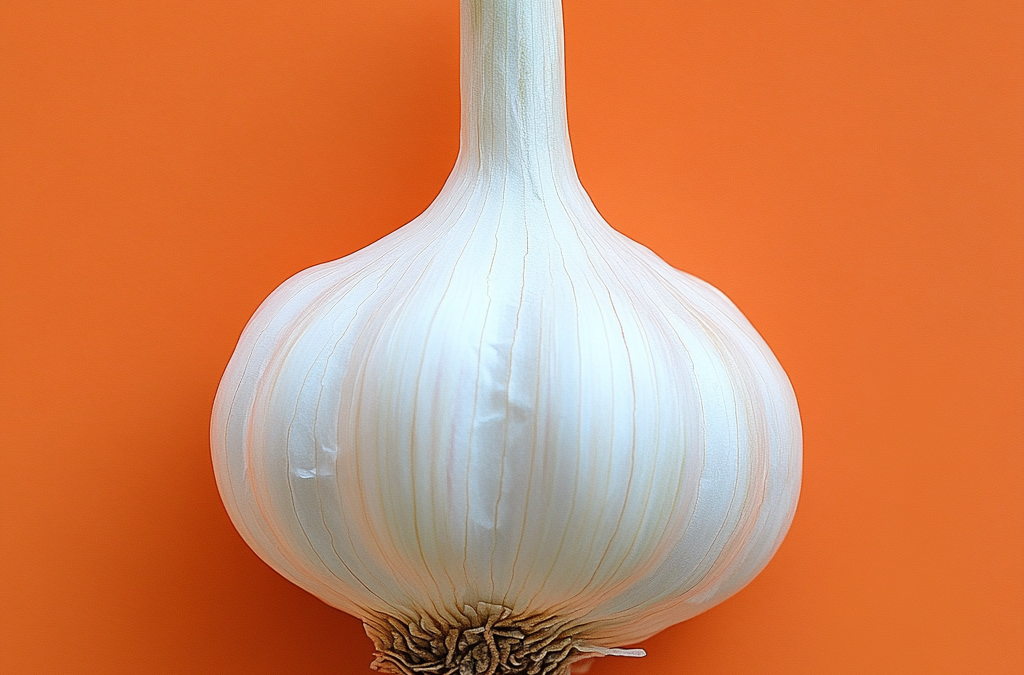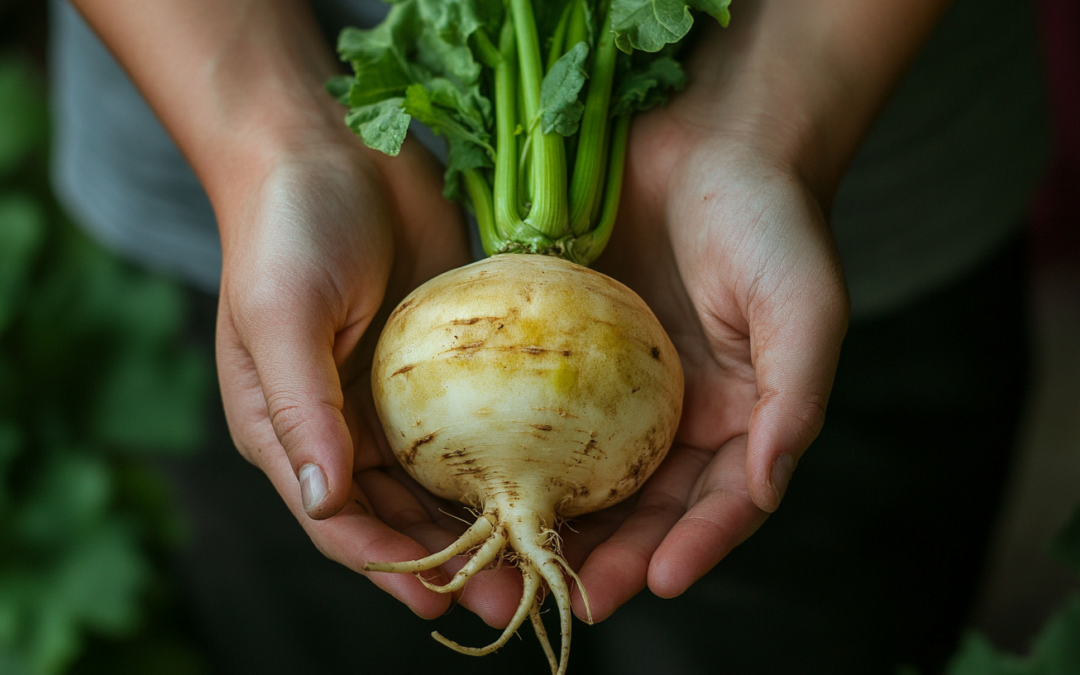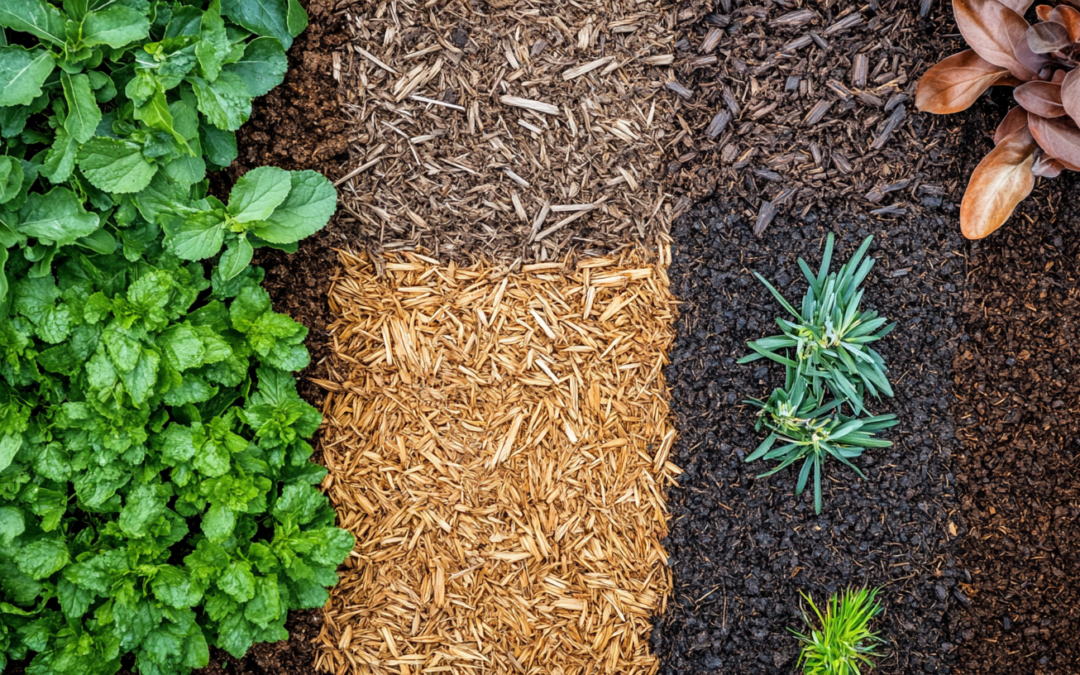Watering your plants might seem straightforward, but it’s one of the most common areas where gardeners go wrong. Too much water can drown your plants, while too little can leave them parched and struggling. Achieving the perfect balance is essential for happy, healthy plants. In this comprehensive guide, we’ll delve into the signs of overwatering and underwatering, practical tips to avoid these pitfalls, and tools to help you master plant care.
Signs of Overwatering
Overwatering is one of the leading causes of plant problems. It can suffocate roots, create an environment for harmful fungi, and ultimately kill your plants. Here’s how to recognize it:
-
Yellowing Leaves: Leaves turn yellow and may feel soft or mushy to the touch. This is often mistaken for a sign of underwatering.
-
Wilting Despite Moist Soil: Your plant looks droopy and unhealthy, even though the soil is wet.
-
Root Rot: A foul smell or black, mushy roots indicate rotting, which can be fatal if not addressed promptly.
-
Fungus Growth: Mold, mildew, or algae growing on the soil surface is a red flag that the soil is staying too wet.
How to Fix Overwatering:
-
Stop watering immediately and let the soil dry out. This gives the roots a chance to recover.
-
Check drainage: Ensure your pot has adequate drainage holes to allow excess water to escape.
-
Repot if necessary: If the soil is waterlogged, carefully remove the plant and replace the soil with fresh, well-draining potting mix.
-
Trim damaged roots: If you find rotting roots, trim them off with sterilized scissors to prevent further decay.
Signs of Underwatering
On the flip side, underwatering can leave your plants dehydrated, stressed, and unable to thrive. Here are the telltale signs:
-
Crispy, Brown Edges: Leaves dry out, turn brown at the edges, and may crumble when touched.
-
Drooping Leaves: The plant looks limp, lifeless, and may even shed leaves to conserve water.
-
Dry Soil: Soil pulls away from the edges of the pot and feels bone dry when touched.
-
Stunted Growth: Your plant stops growing, produces smaller leaves, or fails to bloom.
How to Fix Underwatering:
-
Water your plant thoroughly, ensuring water drains out of the bottom of the pot. This ensures the roots are adequately hydrated.
-
Establish a consistent watering schedule tailored to your plant’s needs and environmental conditions.
-
Use a moisture meter or check the soil regularly with your finger to ensure it doesn’t dry out completely.
-
Rehydrate dry soil: If the soil has become hydrophobic, soak the pot in a basin of water for 10-15 minutes to allow it to reabsorb moisture.
How to Get Watering Right
To avoid both extremes, follow these detailed tips for perfect watering:
-
Know Your Plant’s Needs: Research your plant’s natural habitat and water requirements. For example, succulents thrive in dry conditions and need less frequent watering, while tropical plants prefer consistently moist soil.
-
Check the Soil: Before watering, insert your finger about an inch into the soil. If it feels dry, it’s time to water. If it’s still damp, wait another day or two.
-
Use the Right Pot: Ensure your plant is in a pot with drainage holes. Without proper drainage, water can pool at the bottom and lead to root rot.
-
Water Deeply, Not Frequently: Water thoroughly until you see water draining out of the bottom of the pot. This encourages deep root growth and prevents shallow, weak roots.
-
Adjust for Seasons: Plants need less water in winter when growth slows down and more during active growing seasons like spring and summer.
-
Consider the Environment: Factors like humidity, temperature, and light affect how quickly soil dries out. Adjust your watering routine based on these conditions.
-
Group Similar Plants Together: Place plants with similar water needs in the same area to make watering more efficient and consistent.
Tools to Help You Water Wisely
The right tools can make watering easier and more effective. Consider these options:
-
Moisture Meter: A handy device that checks soil moisture levels and helps you determine when to water.
-
Self-Watering Pots: Ideal for plants that need consistent moisture, these pots can reduce the risk of overwatering.
-
Watering Can with a Long Spout: Helps you reach tight spots and avoid splashing water onto leaves, which can lead to fungal issues.
-
Drip Irrigation Systems: Perfect for outdoor gardens, these systems deliver water directly to the soil at a controlled rate.
Common Myths About Watering
Let’s debunk some common misconceptions about watering:
-
Myth: Plants need to be watered daily.
-
Truth: Most plants prefer to dry out slightly between waterings. Daily watering can lead to overwatering and root rot.
-
-
Myth: Misting is enough to hydrate plants.
-
Truth: While misting can increase humidity, it doesn’t replace proper watering at the roots.
-
-
Myth: All plants need the same amount of water.
-
Truth: Different plants have vastly different water needs. Understanding your plant’s specific requirements is key to success.
-
By understanding your plant’s unique needs and monitoring soil moisture carefully, you can keep your plants thriving and vibrant. Remember, it’s always better to underwater slightly than to overwater—your plants can bounce back from dryness more easily than from root rot. With the right knowledge and tools, you’ll become a pro at keeping your plants happy and healthy.



